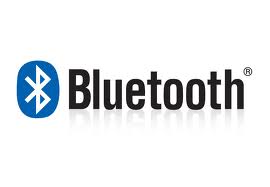TESTING is a process or method in which quality of the product or services under test and provide information to the customer.
* Testing also provide the objective, independent view,and risk of the software impementation.
* Testing also a process of verifying and validating the computer program:
1. it meets the requirement of the customer that are guided.
2. it works properly.
3. it can implemented the same properties.
4. and fulfill the need of the customer.
BASIC PURPOSE OF TESTING:
to detect the software failure so that problem may be find and corrected.
* Testing also provide the objective, independent view,and risk of the software impementation.
* Testing also a process of verifying and validating the computer program:
1. it meets the requirement of the customer that are guided.
2. it works properly.
3. it can implemented the same properties.
4. and fulfill the need of the customer.
BASIC PURPOSE OF TESTING:
to detect the software failure so that problem may be find and corrected.
LEVELS OF TESTING:
* UNIT TESTING
* INTEGRATION TESTING
* SYSTEM TESTING
* ACCEPTANCE TESTING
UNIT TESTING : it is the smallest unit of testing in this small modules are tested with different modules. The benifit of unit testing is to individual each part of the program and show that it each part is correct.
INTEGRATION TESTING: when all modules combined and then check or tested is called integration testing. we also say that after unit testing we done integration testing and before validation testing.after doing integration testing it prepares for SYSTEM testing.
SYSTEM TESTING: System testing may be for hardware or software. In this testing complete system is tested. This step is done after integration and all integrated program code are combined and form a large program and then tested.
ACCEPTANCE TESTING: In this step, after tested all above mention testing it sends to the user for acceptance testing.

